
Talk To Me: Involving Non-Researchers in Customer Insights

What You’ll Learn
- Define your research goals
- Choose the right method
- Identify the audience and recruit them
- Develop a research plan
Watching how users navigate our websites and applications is only a small piece of usability testing. Discover how to learn from users’ behaviors, conduct effective tests, and analyze user data for trends your teams can use to change what you have -- or build something new.


What You’ll Learn


Why can’t we make it easier to be accessible?
Why can’t we aim for great user experiences that are also accessible? Creating accessible technology has to go beyond minimal compliance with standards that meets the law but may not be usable.
We need a bigger goal: creating delight for everyone. We’ll start by exploring what makes a delightful experience and how a good balance small pleasures and anticipated needs supports accessible UX in both big and small ways. Like any UX, this concern for users has to be part of every design decision.


What You’ll Learn
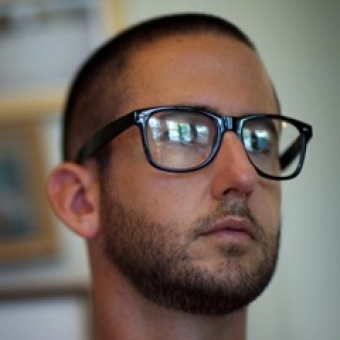

What You’ll Learn
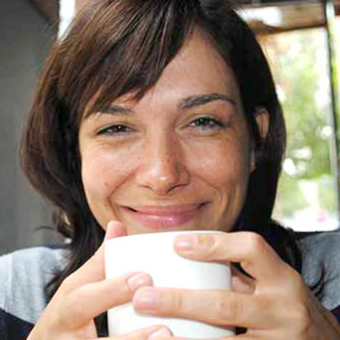

The mighty user research toolkit is packed with techniques. It can do everything from blue sky innovation research, to need-finding and requirements gathering, to product validation and testing. But many teams don't exploit the full toolkit, sticking instead to one side or the other of the quant versus qual divide, or returning again and again to that tired old workhorse—usability testing. In this session, Leah Buley will share a primer on the range of research methods available, and guide you in determining which is the best technique for what you’re trying to learn now (and for your budget).
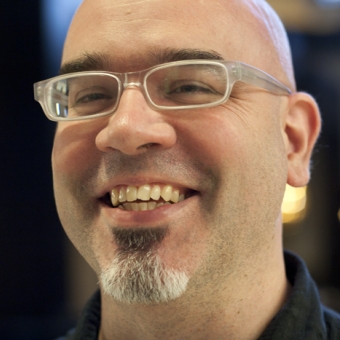

What You’ll Learn
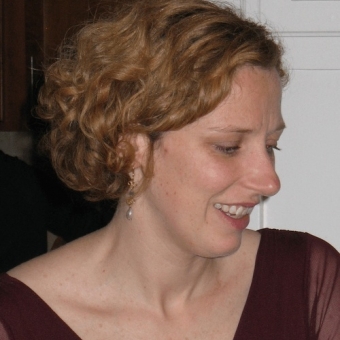

What You’ll Learn


What You’ll Learn
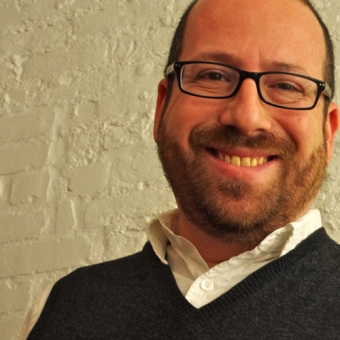

What You’ll Learn


What You’ll Learn


What You’ll Learn


What You’ll Learn


What You’ll Learn


What You’ll Learn


It's not clear when "quick and dirty" became a dirty phrase in the usability world. There are those that believe that testing must be scientific, and that takes time and money — luxuries not often available to many development projects.
However, it doesn't have to be that way. Useful insights can come just by having the chance to talk with and observe participants in the most informal of settings, such as cafés, trade shows, and the company cafeteria. You can get value from a quick test, even if you only have 2 days to pull it off, or don’t have a working design yet. Traditional by-the-book testing has its merits, but you can still get valid, useful results by cutting out the time-consuming and budget-busting expenses.
Usability testing expert Dana Chisnell knows what it means to work by-the-book – she co-wrote “the book” (The Handbook of Usability Testing) with Jeff Rubin. In this seminar, Dana will break down the process of collecting user research data, exploring the must-haves, the nice-to-haves, and the certainly-can-do-withouts. You'll learn how you can answer your essential design questions using methods that would make MacGyver proud.
This presentation is perfect if you have yet to conduct your first usability test. If you’re experienced with testing, Dana will show you some new ways to inject user research into those tight-on-resources projects that keep cropping up.


What You’ll Learn
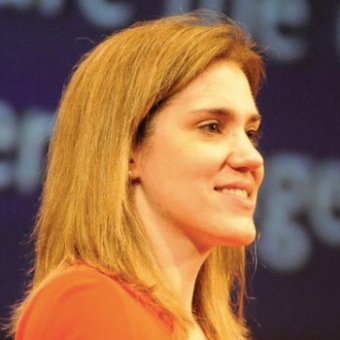

What You’ll Learn
Did you know that you can get instant 48–hour access to any seminar for just $19/seminar?